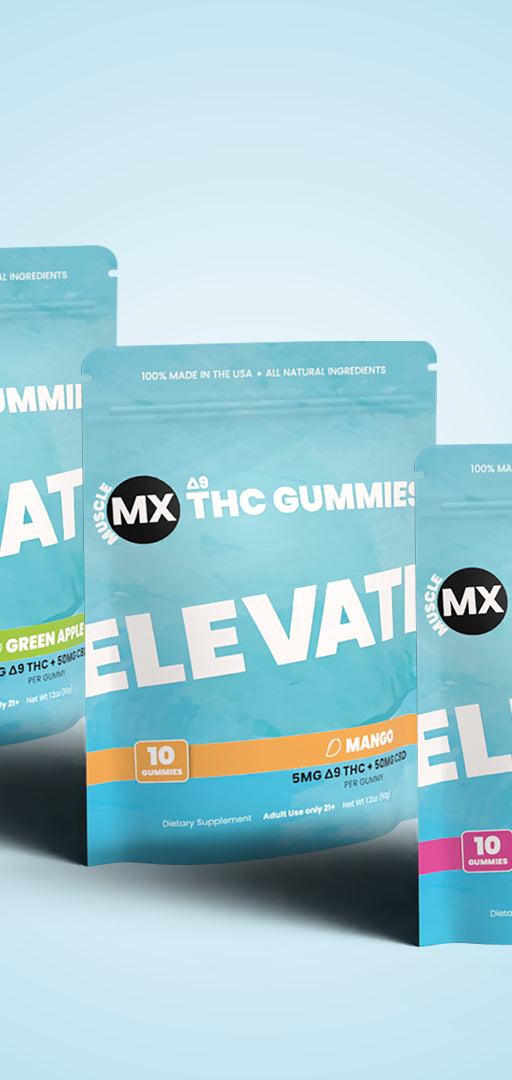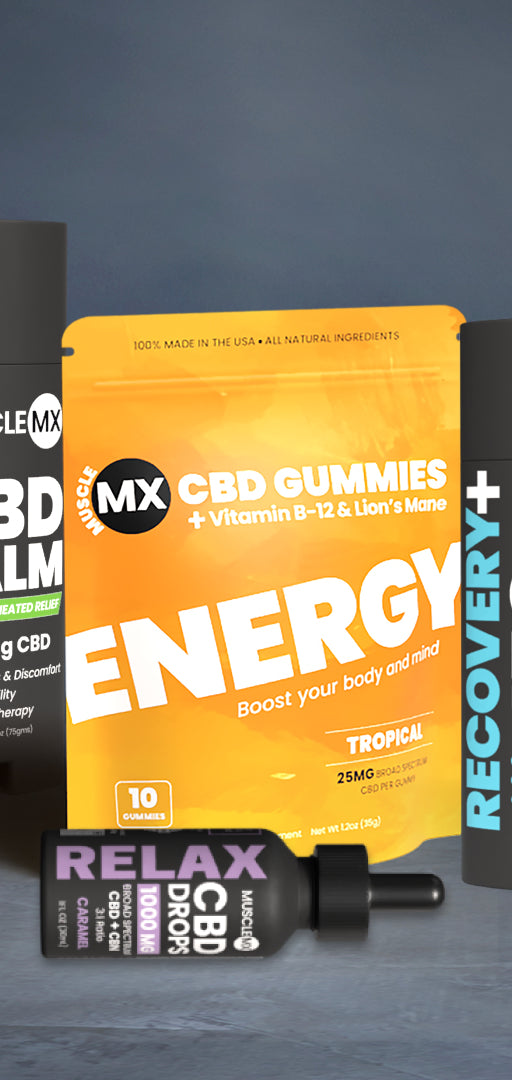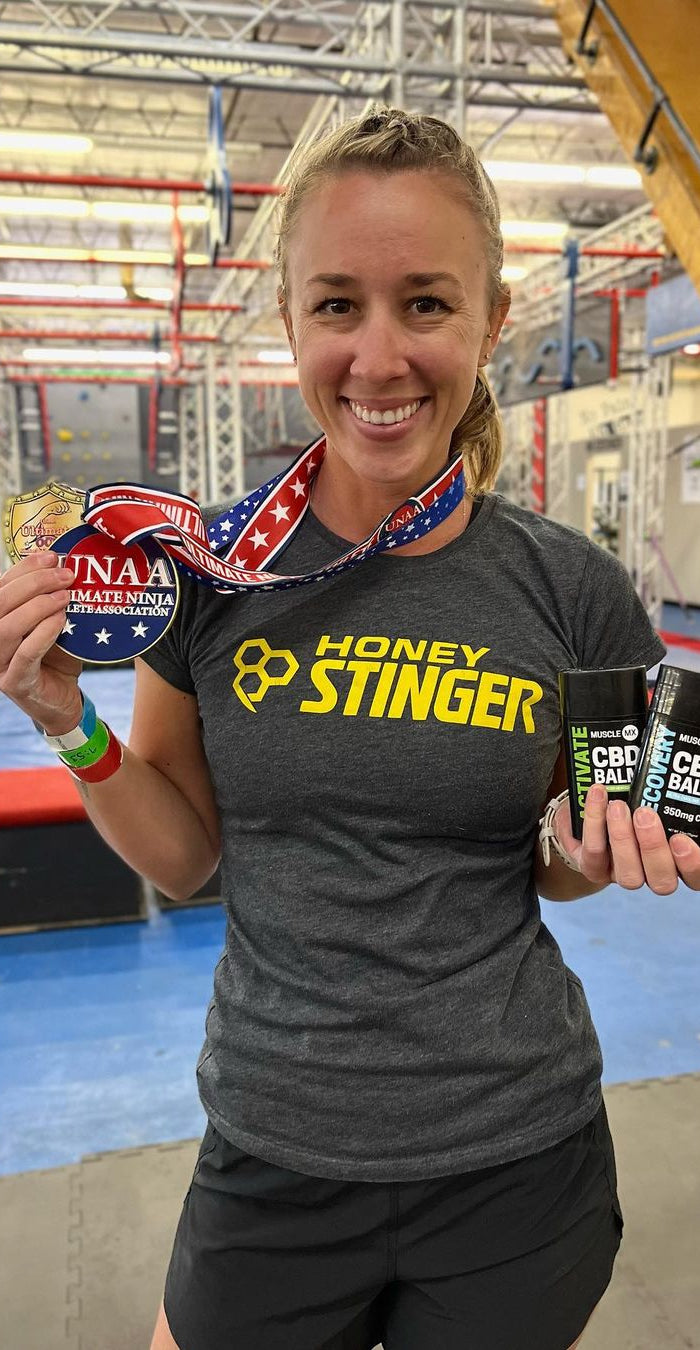Cold therapy, also known as cryotherapy, involves exposing the body to cold temperatures for therapeutic purposes. The practice has been used for centuries in various cultures for its potential healing benefits. The concept behind cold therapy is to reduce inflammation, soothe sore muscles, and promote overall recovery by applying cold to specific areas of the body or the entire body.
The underlying principle of cold therapy is vasoconstriction, where the blood vessels narrow, reducing blood flow to the affected area. This decrease in blood flow helps reduce inflammation and swelling, which are common responses to injury or overexertion. Once the cold stimulus is removed, vasodilation occurs, where the blood vessels widen, increasing blood flow and bringing essential nutrients and oxygen to the affected area, promoting healing.
Who Uses Cold Therapy?
Cold therapy is used by a wide range of individuals for various purposes. Below are some of the primary groups that use cold therapy, but its applications are broad and can benefit many others depending on their specific health needs or fitness goals:
-
Athletes and Fitness Enthusiasts: Cold therapy is widely used by athletes to reduce muscle soreness and inflammation after intense training sessions or competitions. Techniques like ice baths, cryotherapy chambers, and localized cold packs help speed up recovery.
-
Physical Therapists and Rehabilitation Centers: Physical therapists use cold therapy as part of rehabilitation programs for patients recovering from injuries or surgeries. It helps manage pain, reduce inflammation, and improve mobility. Patients recovering from surgeries, particularly orthopedic surgeries, often use cold therapy to minimize swelling and discomfort.
-
Chronic Pain Sufferers: Individuals with chronic pain conditions, such as arthritis or fibromyalgia, may use cold therapy to alleviate pain and stiffness in affected areas.
-
Post-Operative Care: Surgeons and doctors may recommend cold therapy for patients after certain surgical procedures to manage post-operative pain and swelling.
-
Beauty and Wellness Enthusiasts: Cryotherapy is popular in the beauty industry for its purported benefits in skin tightening, reducing fine lines, and improving overall skin appearance.
-
General Public: Cold therapy is commonly used by anyone who suffers from minor injuries, such as bumps, bruises, or muscle strains, as it provides quick relief from pain and swelling.
-
Military Personnel: Those serving in the military may use cold therapy to recover from physical training or combat-related injuries. It helps in managing pain and reducing the risk of long-term damage.
-
Mental Health Treatment: Cryotherapy is sometimes used as a complementary therapy for mood enhancement, as the exposure to cold is believed to release endorphins and reduce symptoms of anxiety and depression.
Ways That Cold Therapy is Typically Done
Basically, cold therapy can be applied in various ways, depending on the desired outcome and the specific condition being treated.
Method #1: Ice Packs and Cold Compresses
Ice packs and cold compresses are among the most common forms of cold therapy. They involve applying a bag of ice or a cold gel pack to the affected area. This method is particularly effective for localized injuries, such as sprains, strains, or bruises. The cold temperature helps numb the area, reducing pain and swelling.
How to Use:
- Wrap the ice pack in a thin cloth or towel to protect the skin from frostbite.
- Apply it to the affected area for 15-20 minutes.
- Repeat the process every 1-2 hours for the first 48 hours after the injury.
Method #2: Cold Water Immersion
Cold water immersion, or ice baths, involves submerging the body or part of the body in cold water. This method is popular among athletes and fitness enthusiasts to aid muscle recovery after intense workouts.
How to Use:
- Fill a tub or container with cold water and ice cubes.
- Submerge the affected area or the entire body for 10-15 minutes.
- Ensure the water temperature is between 50°F-59°F (10°C-15°C).
Method #3: Cryotherapy Chambers
Whole-body cryotherapy involves standing in a cryotherapy chamber, where the body is exposed to extremely cold air (often below -200°F or -130°C) for a short period, typically 2-4 minutes. This method is gaining popularity for its potential benefits in reducing muscle soreness, improving circulation, and boosting overall well-being.
How to Use:
- Enter the cryotherapy chamber wearing minimal clothing (e.g., undergarments) and protective gear for the extremities.
- Stand in the chamber for the recommended time, usually 2-4 minutes.
- Exit the chamber and warm up immediately to restore normal body temperature.
Method #4: Cold Showers
Taking a cold shower is a simple and accessible form of cold therapy. While not as intense as other methods, cold showers can still provide benefits, such as reducing muscle soreness and invigorating the body.
How to Use:
- Start with warm water, then gradually decrease the temperature to cold.
- Stay under the cold water for 2-5 minutes.
- Focus on deep breathing to help manage the cold sensation.
Method #5: Cold Therapy Machines
Cold therapy machines, also known as cryotherapy machines, are devices designed to deliver cold therapy to specific areas of the body. These machines are often used post-surgery or after severe injuries to reduce pain and swelling.
How to Use:
- Place the machine's cold pad on the affected area.
- Set the desired temperature and duration on the machine.
- Allow the machine to circulate cold water through the pad, delivering consistent cold therapy.
Method #6: Cold Massage
Cold massage involves using ice or a cold object to massage the affected area. This method combines the benefits of cold therapy with the therapeutic effects of massage, helping to reduce muscle tension and pain.
How to Use:
- Use an ice cup or cold object to massage the affected area in circular motions.
- Perform the massage for 5-10 minutes, ensuring continuous movement to avoid frostbite.
Benefits of Cold Therapy
Cold therapy offers a range of benefits, both physically and mentally, and are supported by scientific research and anecdotal evidence.
Benefit #1: Reduces Inflammation and Swelling
One of the primary benefits of cold therapy is its ability to reduce inflammation and swelling. When the body experiences an injury or strain, the immune system responds by sending blood and immune cells to the area, causing inflammation. While this is a natural healing process, excessive inflammation can lead to pain and prolonged recovery. Cold therapy helps mitigate this response by constricting blood vessels, reducing the flow of blood to the area, and subsequently decreasing inflammation.
Benefit #2: Relieves Pain
Cold therapy acts as a natural pain reliever by numbing the affected area and interrupting the transmission of pain signals to the brain. This effect is particularly beneficial for acute injuries, such as sprains, strains, and bruises, where pain relief is immediately needed. Additionally, cold therapy can be used to manage chronic pain conditions, such as arthritis, by reducing inflammation and improving joint mobility.
Benefit #3: Accelerates Muscle Recovery
Athletes and fitness enthusiasts often use cold therapy to accelerate muscle recovery after intense workouts. Intense physical activity can lead to micro-tears in muscle fibers, resulting in soreness and stiffness. Cold therapy helps reduce muscle damage and inflammation, allowing for faster recovery and improved performance in subsequent workouts.
Benefit #4: Enhances Mental Health
Cold therapy has been shown to have positive effects on mental health, particularly in reducing symptoms of anxiety and depression. Exposure to cold stimulates the release of endorphins, which are natural mood elevators. Additionally, the practice of cold therapy can improve resilience and stress tolerance, as the body learns to adapt to the stress of cold exposure.
Benefit #5: Boosts Circulation
After cold therapy, the body's blood vessels dilate, leading to an increase in blood flow to the affected area. This enhanced circulation delivers oxygen and nutrients to the tissues, promoting healing and reducing muscle soreness. Improved circulation can also benefit cardiovascular health by supporting overall blood flow and reducing the risk of conditions such as varicose veins.
Benefit #6: Supports Immune Function
Regular exposure to cold therapy has been linked to enhanced immune function. The cold stimulus triggers the production of white blood cells and other immune factors that help the body defend against infections and illnesses. While cold therapy is not a cure-all, it can be a valuable addition to a healthy lifestyle to support overall immune health.
Benefit #7: Improves Skin Health
Cold therapy can also benefit the skin by tightening pores, reducing puffiness, and improving skin tone. The cold constricts blood vessels, which can temporarily reduce redness and inflammation, making it a popular choice for people dealing with acne or other skin conditions. Additionally, cold therapy can stimulate collagen production, leading to firmer and more youthful-looking skin over time.
Potential Risks and Considerations for Doing Cold Therapy
While cold therapy offers numerous benefits, it is essential to be aware of potential risks and considerations before starting a cold therapy regimen.
Potential Risks and Consideration #1: Frostbite and Cold Burns
Prolonged exposure to extreme cold can lead to frostbite or cold burns, where the skin and underlying tissues freeze. To prevent these risks, always use a barrier (e.g., a cloth or towel) between the cold source and the skin, and limit exposure time to the recommended duration.
Potential Risks and Consideration #2: Circulatory Issues
Individuals with circulatory problems, such as Raynaud's disease or peripheral artery disease, should avoid cold therapy or consult a healthcare professional before using it. Cold exposure can exacerbate these conditions by further restricting blood flow.
Potential Risks and Consideration #3: Hypersensitivity to Cold
Some individuals may have a hypersensitivity to cold, known as cold urticaria, where exposure to cold temperatures triggers an allergic reaction. Symptoms may include hives, itching, and swelling. If you experience these symptoms, discontinue cold therapy and seek medical advice.
Potential Risks and Consideration #4: Consultation with a Healthcare Professional
Before starting cold therapy, especially if you have underlying health conditions or are pregnant, it is advisable to consult a healthcare professional. They can provide guidance on the safest and most effective way to incorporate cold therapy into your routine.
Is CBD an Optimal Choice for Cold Therapy?
Combining cannabidiol (CBD) with cold therapy presents a holistic approach to promoting comfort and relaxation. While individual experiences may vary, many find that CBD enhances the soothing effects of cold therapy, making it a worthy consideration for those looking to optimize their recovery routines. As always, quality matters, so ensure you’re using top-tier CBD products to maximize the benefits. Whether you’re an athlete seeking a better recovery process or someone looking for a more comfortable way to experience cold therapy, cannabidiol could be a valuable addition to your routine.
Are CBD Menthol Topicals Considered to Be a Forn Cold therapy?
Yes, because menthol has a cooling effect that can mimic the sensation of cold therapy, which is used to help reduce inflammation and relieve pain. The cooling sensation can help numb the area and provide temporary comfort, similar to traditional cold therapy methods like ice packs. The CBD in the topical may also offer additional benefits, like reducing inflammation and soothing discomfort.
In fact, if you need to chill your achy muscles, joints or tendons, our RECOVERY Balm has you covered! With its blend of CBD, menthol, tea tree, and eucalyptus, this balm soothes your body's discomforts in minutes.
It Looks Like Cold Therapy Could Offer a Valuable Assist in Overall Healing and Recovery
Overall, cold therapy is a versatile and accessible treatment method with a wide range of potential benefits. And with various methods available, even the use of CBD, as combining this cannabinoid with cold therapy has become an emerging trend, individuals can choose the approach that best suits their needs and preferences. However, it is essential to use cold therapy safely, taking precautions to avoid risks and other potential issues. When used correctly, cold therapy can be a valuable tool in essentially promoting health and well-being. And, as research continues to explore its potential (along with the use of CBD even), cold therapy may become an increasingly important part of modern wellness routines.










































